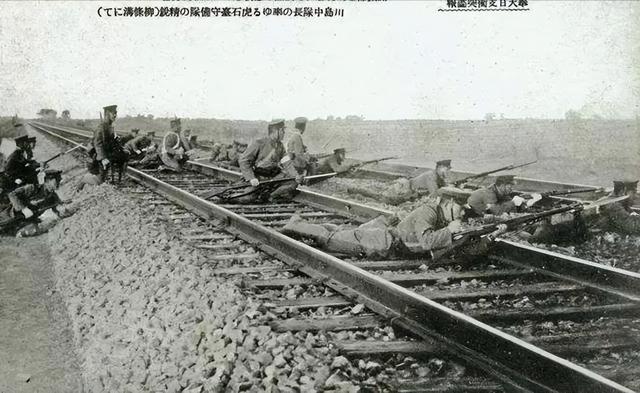
一、人称代词
表示“我,你,他,她,它,你们,他们”的词叫做人称代词。人称代词分主格和宾格两类,有单数、复数之分。
人称代词的形式如下表:

说明:两个以上的人称代词并用时,从礼貌上讲通常按下列排序:
1. 单数代词:①you ②he, she ③I
例:you and I; you and he; he and I; you, he and I.
2. 复数:①we ②you ③they
例:we and they; we and you; you and they; we, you and they.
3. 第三人称男女两性并用时,男先女后:he and she
4. 承认过失,单数按1、3、2人称排列,复数按3、2、1人称排列。
例:I, he and you will be scolded for being late.
They, you and we should leave her at once.
It was I and Tom that broke the window.
二、物主代词
表示所有关系的代词叫物主代词。物主代词有形容词性物主代词和名词性物主代词。形容词性物主代词用在名词前,不能单独使用。名词性物主代词相当于一个名词,使用时后面不能再加名词。
物主代词的形式如下:

说明:【形容词性物主代词 名词=名词性物主代词】
my book =mine
your book =yours
his book=his
her book=hers
her books=hers
Those are our pens. Yours is yellow and mine is blue.
三、反身代词
表示“我(们)自己”、“你(们)自己”、“他/她/它(们)自己”的代词称为反身代词。在句中作宾语、同位语、表语等。
反身代词的形式如下:

说明:
1. 反身代词单数词尾都有-self,复数词尾都有-selves。
2. 第三人称都由人称代词宾格 self或selves构成。第一、二人称反身代词都是形容词性物主代词 self或selves构成。
四、指示代词
表示“那个”、“这个”、“这些”、“那些”等指示概念的代词。指示代词有this,that,these,those等。在句中可以作主语、宾语、主语补语、介词宾语等。
指示代词的形式如下:

指示代词的用法:
1. this/these指下文要提到的事儿。that/those指前文提到的事儿。
What I want to say is this:Dufu is very busy.
Libai had a bad cold yesterday. That`s the reason why he didn`t drink.
2. 用于介绍/电话用语中。
This is Dufu speaking. Who’s that?
3. This /that 的指代词是it;these/those的指代词是they。
--- What is this? ---It’s an egg.
---What are these? ---They are oranges.
五、不定代词
1. 不定代词的定义
不指明代替任何特定名词或形容词的代词叫做不定代词。常用不定有:some, any, all, none, both, either, neither, each, every, other, another, much, many, few, little, one等。
2. 不定代词的用法
1). some/any
(1). some用于肯定句;any用于疑问句或否定句
I can see some flowers, but I can`t see any apples.
(2). some 用在疑问句中有表示请求或建议的功能, 或希望得到对方肯定答复的疑问句中。
any用在肯定句中有强调或加强语气的功能。
Would you like some coffee?
You may come at any time.
2). many/much

说明:
(1). only a few (=few);not a few (=many); quite a few (=many);many a (=many)
例:Many books were sold. 卖出了许多书。
Many a book was sold. 卖出了许多书。
(2). many, much前可有so, too, how等词进行修饰。
例:There are too many mistakes in your diary.
So many people are waiting for the bus.
Sorry, I’m afraid I can’t go with you. I’ve got too much work to do.
3). few /a few/ little/ a little

4). both, either, neither, all, none

说明:
(1). both与复数连用,either与单数连用。
(2). either…or… ; neither…nor… 动词的选择要根据 “就近原则”来选取。
例:Either I or he goes to buy an ice cream.
Either she or I go to buy an ice cream.
Neither you nor he goes to buy an ice cream.
Neither he nor you go to buy an ice cream.
5). all与none用法一样。跟单数名词,用单数动词;跟复数名词,用复数动词。
例:All of the students are there.所有的学生都在那里。
All (of) the milk is there.所有的牛奶都在那里。
6). 复合不定代词

注意:不定代词与形容词连用时,形容词置于不定代词之后。
说明:对比不定代词anyone /any one;no one/none
(1). anyone和any one
anyone仅指人,any one既可指人,也可指物。
(2). no one和none
none 后跟of短语,既可指人又可指物,而no one只能单独使用,只指人。
none 做主语,谓语动词用单、复数均可,而no one作主语谓语动词只能是单数。
例:None of you could lift it. 你们中没有人可举起它。
--- Did any one call me up just now? ---刚才有人打电话给我吗?
--- No one. ---没有。
六、it的特殊用法
1. 指前面提到的名词
The sun looks like a shiny gold plate, but it is really a big ball.
The cat must be under the bed, isn’t it?
注意:it也可以指不明性别的小孩。
The baby on the ground was crying and a woman picked it up.
The child lost its way and cried.
2. 指前面提到的句子
Your English is not so good. Have you realized it?
3. 表时间/ 天气 / 距离
What time is it by your watch? It is half past ten.
I think it’s going to rain today.
It is only two kilometers to the post office.
4. 作形式主语
It is a good habit to go to bed and get up early.
It is said that the plane will take off at two tomorrow afternoon.
5. 作形式宾语
They found it difficult to deal with such a problem.
I think it no use talking to him about that.
【题模精讲】
I have to tell you. Do you want to know?
A、something important
B、important something
C、anything important
D、important anything
答案:A
解析:形容词修饰不定代词置于其后,故选A。
---Is this _________ pen?
---No, is _________ on my desk.
A、 your; my
B、 yours; my
C、 your; mine
D、 yours; mine
答案:C
解析:考查代词。第一个空后有名词,需要一个形容词性物主代词,第二个空后无名词,需要一个名词性物主代词。故选C。
喜欢小编的文章,请关注思高课堂。私信小编获取更多学习资料。
,




